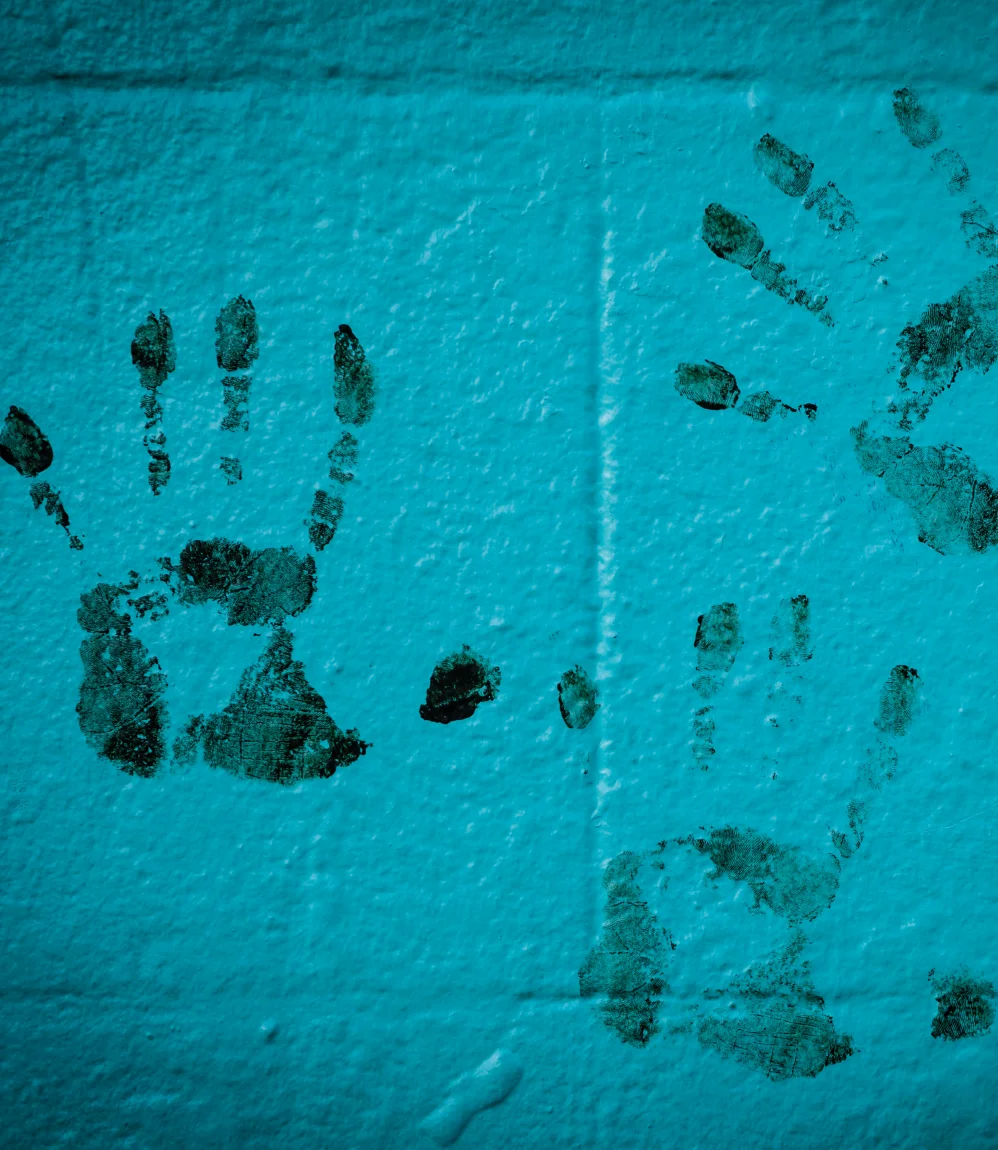Compensate Victims – Status of access to state victim compensation schemes by survivors of human trafficking in India, 2022 Report

The primary question in the Compensate Victims, 2022 study is – has there been a qualitative shift in trafficking survivors’ access to justice between 2019 – 2022? The Compensate Victims 2019 study had shown less than 1% of the survivors rescued from trafficking over 10 years (2009 to 2019) were compensated. This study expands that exploration to understand the status of access to the State Victim Compensation Schemes in India by victims of human trafficking and identify the systemic barriers to access to compensation.rnrnThe findings of the study will inform stakeholders in the Anti–Human Trafficking ecosystem in designing programs to strengthen systems of justice and aid collaborative solution-building in order to develop an accessible, intersectional, and survivor-centric system of justice in India.rnrnThe findings suggest an urgent need for strengthening the systems of victim compensation for increasing access to survivors of all forms of trafficking. An essential factor that enables survivors to work in congruence with the justice system involves harm reparation and compensation that is provided to the survivors in question. Currently, via the state victim compensation schemes established under CrPC Section 357A, survivors of human trafficking can apply for compensation to the DLSA or trial court, or the trial court can recommend DLSA to disburse compensation to the survivor. According to CrPC 357A, the appropriate authorities are supposed to complete the entire proceedings of inquiry and decision to award compensation within 2 months of such an application. In certain cases, the compensation amount provides adequate impetus to a survivor to kick–start their own micro–entrepreneurial initiatives, allowing them to instill and reclaim a sense of financial independence and thereby exercise their agency.
DOWNLOAD REPORTS
